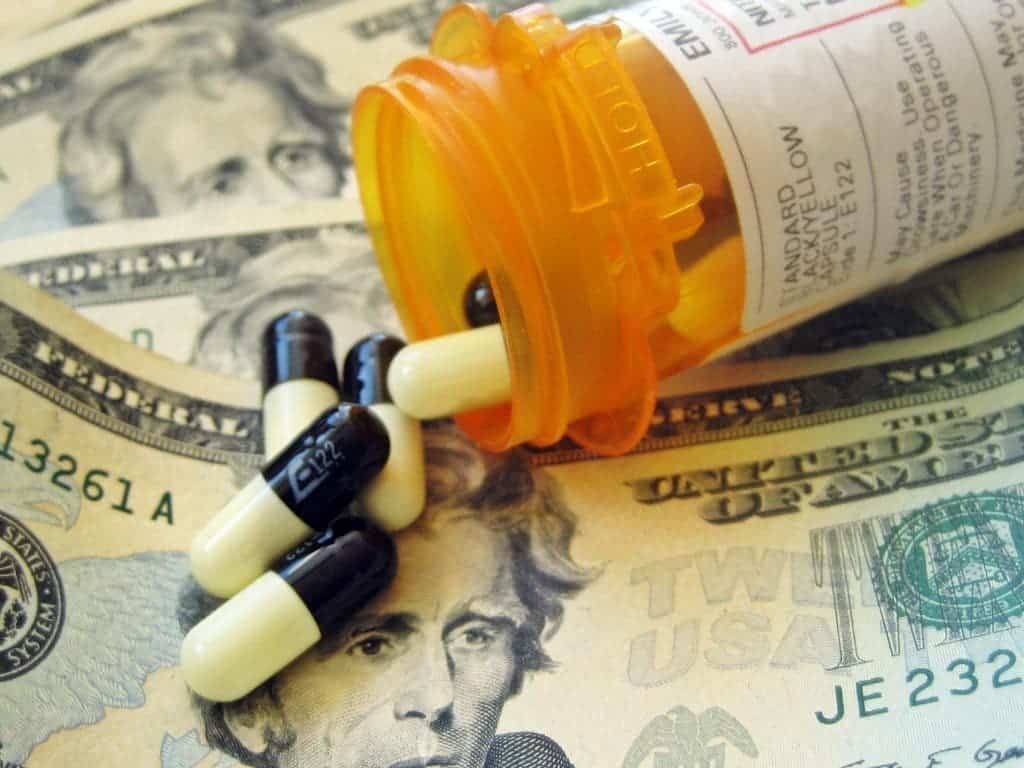
For the first time, researchers have analyzed trends in net drug costs for all brand-name products in the United States. According to the analysis published today in the journal JAMA, the net cost of prescription drugs — that’s sticker price minus manufacturer discounts — rose three times faster than the rate of inflation over the course of the previous decade.
We’ve known for a long time that drug prices have only gone up since their list price is plainly visible and easy to research. However, researchers at the Center for Pharmaceutical Policy and Prescribing (CP3) at the University of Pittsburgh’s Health Policy Institute have been among the first to account for manufacturer discounts in order to understand net prices for the most important brand name drugs in the country.
“In prior work, we observed that prices of drugs more than doubled in the last decade. However, because this prior research was based on list prices, it did not account for manufacturer discounts, which have also increased in the past few years. We leveraged net pricing data from the investment firm SSR Health to estimate increases in drug prices after accounting for discounts,” Inmaculada Hernandez, Assistant Professor of Pharmacy and Therapeutics at the University of Pittsburgh School of Pharmacy, told ZME Science.

The new analysis covers 602 brand-name drugs, whose revenue and usage data were employed to track their list and net prices from 2007 and 2018. The net prices take into account increasingly rising manufacturer discounts, such as rebates, coupon cards, and 340B discounts.
“We found that, after adjusting for inflation, list prices increased by 159% in 2007-2018, and net prices by 60%. Discounts offset 62% of increases in list prices. In other words, there is a widening gap between list and net prices due to increasing discounts. After accounting for discounts, net prices increased every year by an average of 4.5 percentage points or over 3 times faster than inflation,” Hernandez said.
According to the results, net prices have leveled off since 2015. However, this doesn’t necessarily mean that prescription drugs are becoming more affordable since sometimes patients don’t actually pay the net price. “A lot of the discount is not going to the patient,” said Walid Gellad, associate professor of medicine and health policy at the University of Pittsburgh and senior author of the new study.
“We’re seeing a lot of discussion that net prices have stabilized over the last few years, and that does appear to be the case,” said Gellad. “But the stabilization of net price comes on top of large increases over the last decade, many times faster than inflation, for products that have not changed over this time period. In addition, this net price is an average, with substantial variability across payers and drugs.”
Instead, the majority of the discount is paid directly to public and private insurers. That being said, rebates shouldn’t normally affect the amount of money patients have to pay through copays or coinsurance, which are based on the list price, not net.
“Although discounts partially offset increases in list prices, net prices still increased 3 times faster than inflation. This evidence is important in advancing the current policy debate around drug prices, because it shows that drug prices still increase substantially after accounting for discounts. Moreover, the widening gap between list and net prices may be increasing disparities in health care access, because underinsured and uninsured patients are exposed to list prices. Thus, policymakers should not only focus on how much drug prices are increasing after discounts, but also in list prices. This is important because uninsured and underinsured patients are arguably the ones with the most access barriers, and they are exposed to list prices,” Hernandez said.
The net price increases were not uniform but rather varied significantly across different drug classes. For instance, for insulins or TNF inhibitors, the gap between list and net prices widened. For some cancer drugs, list and net prices increased in parallel.
The study also found that discounts were much larger for Medicaid than for other programs. This is likely due to the mandatory Medicaid rebate based on price increases over inflation.
Americans spend about $1,200 on prescription drugs a year, according to the latest figures from the Organization for Economic Cooperation and Development. Previously, a 2019 study published in Health Affairs by Hernandez and colleagues found that drug prices have gone up because companies are raising the price of drugs that are already available. This undermines the common narrative among pharmaceutical companies claiming that drug price hikes are due to them bearing the cost of innovation.
“In future research, we would like to quantify to what extent discounts are passed on to patients, and how competition affects trends in discounts. Our study is important because those opposed to regulating drug prices often argue that prices have barely increased at the rate of inflation after discounts. However, our study demonstrates that this has not been the case, lending support to the implementation of new policies to control increases in drug prices,” Hernandez concluded.



